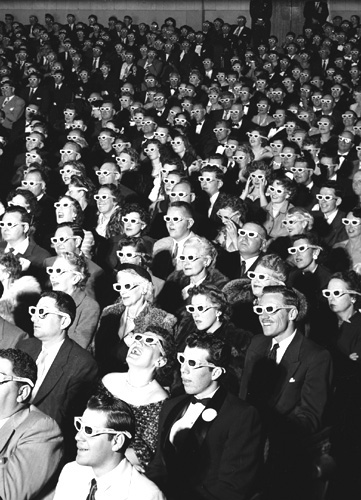Consumers are Refusing 3D Technology
Back in August, we speculated that the future of TV looked bleak for 3D technology, as manufacturers seemed to favor Internet-ready TV over 3D. Recent survey results* have shown that more than half of American HDTV buyers refuse to shift to 3D technology.
More than likely, this is not welcome news to the manufacturers who have poured money, faith and resources into 3D technology, with hopes that it would soar in popularity with consumers. Panasonic® recently announced annual net losses of $5.5 billion, while Sony® is considering restructuring in order to revive its flagging television sector.
So, what exactly is veering consumers away from 3D? Price, availability of 3D programming and 3D glasses are all posing as barriers. Like any new technology, the price has decreased since it was first released a few years ago. Still, of those planning to buy a new HDTV set in the coming year, 40% will not buy a 3D TV due to a lack of available 3D programming and 30% believe the glasses are still a problem.
What do you think? Are you planning on buying a new HDTV in the coming year? If so, are you planning on buying a 3D TV? Why or why not? Do you think 3D TVs have a future? Sound off in the comments section.
*The online survey was conducted by shopping and review website Retrevo.com.



